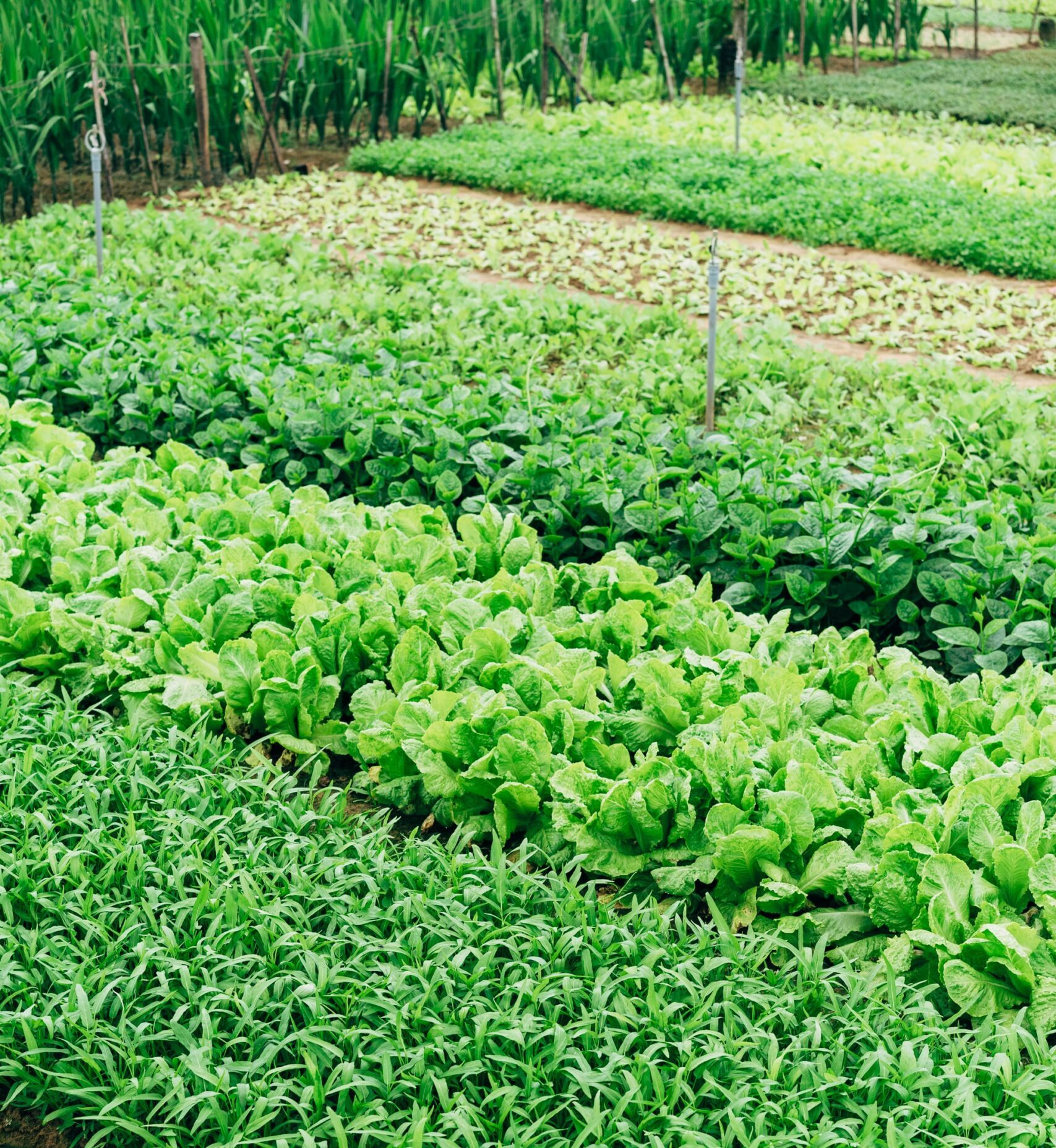It’s possible conventional farming methods may experience changes in policy in the next four years. From day one, the new White House administration has made it clear it wants to further green policies. How far they advance with this agenda remains to be seen. Regardless, status quo farming practices face increasing pressure by the green party advocates and progressives to change farming methods for the better. New and important farming methodologies that focus on reusing, reducing, and eliminating carbon emissions are a priority. For American farmers, it would mean changing the farming paradigm. For instance, instead of the government granting subsidies for conventional farms, it may provide incentives for farms to grow regional crops. This, in turn, increases biodiversity and reduces food transportation over long distances. Or using soil conservation techniques such as regenerative farming methods, crop rotation, only using organic fertilizer, cultivating climate-resistant crops, and using space-saving vertical farming methods.
What do farmers think?
Farmers haven’t typically accepted a Democratic agenda in the past. However, the Trump administration so thoroughly changed the landscape in favor of Big Agriculture that more farmers may be ready for change. Tom Vilsack is Biden’s pick to oversee farming and agriculture policy. Vilsack is a former Iowa Democratic governor who served in the same position during the Obama era. Vilsack is a meat- and dairy-industry man but also an advocate for ethanol production. Under the Trump administration, the ethanol industry took major hits. Some farmers are hopeful that Vilsack will resurrect ethanol production. Environmentalists consider ethanol a poor substitute for combat climate change because of ethanol’s poor production yield vs. the land used to produce it. Many farmers favored Trump’s policies to turn idle land into conventional agriculture and other energy sources.
Regardless, changing America’s farming methods will be a challenge, if it happens at all. Still, it won’t be enough to feed an additional 2–3 billion people by the year 2050. Planet Earth is not an infinite resource. Animals, land, and biodiversity will be gone before we get a chance to create the change we need. There may be other ways to approach this dilemma. Skip the task of introducing green technology to old-timers and advance our planet’s green agenda with private and governmental investments in food technology.
New Investments in Protein
New ideas in biotech and food technology are poised to change food worldwide. Farmers may be slow on adapting to climate change, but promising investments in food technology are getting ready to shape the future. Three basic approaches to replicating meat and dairy products are here. One, plant-based eating is already experiencing popularity. But, there are other ways meat and dairy are being replicated, without factory farming and vast amounts of croplands expenditure.
1. Air Protein Fermenting Technology
I never connected these two words before; air and protein. Synthetic, vegan food innovation has strange bedfellows. Several high-profile companies have jumped at lending money to this old, space-age concept straight out of an X-file manilla folder. Lisa Dyson is the brainiac behind this discovery and a woman with a mission to change the world’s food. Check out her TED talk here.
The science is bizarre. Specific microbes through the process of fermentation convert excess carbon dioxide into sustainable protein and other food. The prediction is, when the planet’s population increases, traditional agricultural models won’t be able to keep up. Air protein will reduce land dedicated for food production, decrease greenhouse gases, and give back the indigenous land to people, animals, diverse plants, and insects. Simple right?
Air protein benefits humanity by reducing or reusing carbon dioxide. In the 60s, scientists were working on how to feed astronauts in space for a long haul. Dyson’s team took that concept and started a company to explore the idea further. The goal is to replace protein and oil with less environmentally destructive ingredients in virtually most foods we eat.
2. Volcanic-based Microbes
As if fermenting microbes to create protein out of the air isn’t fascinating enough, fermenting meat and cheese counterparts from volcanic-based environments may be. VegNews reported that a Chicago company Nature’s Fynd, is making protein out of Yellowstone’s volcanic microbes. This technology is similar to Air Protein, except the microbes are not created out of thin air and are naturally occurring in volcanic water found in Yellowstone National Park. Fermenting volcanic bugs is another way technology is moving into creating dairy and meat equivalents.
3. Cell-Based Meat
Cell-based meat is another way that imitation meat and dairy are advancing. Impossible and Beyond Burgers are plant-based meat alternatives, while cell-based meat is different. Impossible and Beyond meat are plant-based alternatives, but cell-based meat products are made out of cell technology grown in a lab. It may not be a vegan process, but the benefit to the environment, if successful, will decrease the devastating environmental impacts of real meat. The cell-based Eat Just’s chicken meat scored a regulatory approval to sell in Singapore. Cell-based meat creations are another innovative way companies helping to save the planet.
4. Vegan Eggs
Oh, how I miss eggs sometimes. I believe this is a large part of why people don’t embrace veganism. I can’t tell you how many times I’ve considered going back to eating only eggs. Fortunately, Just Egg has made an incredible edible mung bean egg substitute, and with just the right amount of black salt, I’m close enough to egg heaven to satisfy my ethics.
Start-up companies in France and Singapore are trying to synthesize a whole egg. Companies La Papondue and Float Foods OnlyEg are making whole, alternative eggs and aren’t settling for the Just Egg format. These companies want to build a whole vegan egg from the ground up; carton, shell, yolk, and white with no chicken.
5. Mushroom Technology
Plant-based eating still rules for now, and mushrooms aren’t a new food, but the technology surrounding it may be. Since nothing beats the coveted umami taste as much as mushrooms, it’s a viable opportunity for creating meat dishes. Mushrooms are versatile and small so that they may be farmed in small or vertical places. Derek Sarno that started Tesco’s Wicked Kitchen has made it his vision to create meaty mushroom dishes that inspire vegan chefs. Tesco’s Wicked Kitchen may not be using high technology, but the concept of meaty mushroom dishes provides a tasty alternative to meat lovers without the destructive consequences of meat production.
An entirely plant-based future may not be possible. Still, with the help of synthetic meat and dairy business ventures, it may mean that factory farming has a real chance of becoming obsolete for the first time in history. Human adaption has defined our existence up to this point, and it seems humans are at least attempting to adjust again. That gives me some hope for the future.
Get more like this—Sign up for our daily inspirational newsletter for exclusive content!
__
Photo: Ricardo Gomez Angel via Unsplash





